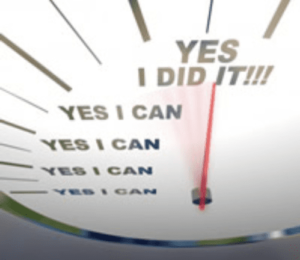Are you one of those people that sets a goal to have or increase your emergency savings fund each year. As we reach the year end, did you accomplish this?
An emergency fund is something that each and every one should have. If life hands you an unexpected expense and you really need to pay for this now, how will you handle this without that emergency fund? That unexpected expense can be a car repair, loss of a job, a home repair and more. These expenses typically come when you don’t have any extra money. If it’s something you need to do immediately, without this savings you will be adding debt to your budget. That’s where your emergency fund comes into play. If you have one, you wouldn’t have the stress of figuring out how to pay for it. That’s why you need to start or increase yours today!
Have you made your plan to start or increase your emergency fund? Don’t get overwhelmed thinking you need thousands of dollars now. Nobody starts off with thousands, think baby steps to increase your emergency savings with each and every pay check. 
Steps to start your emergency fund:
- Open a new savings account for your emergency fund – don’t link it to your ATM. debit card.
- Set an amount to save each pay period – can you find $10 or more to save each pay period?
- Set up automatic withdrawals from your paycheck – either through your payroll dept. or with your bank. Think pay yourself first attitude (you won’t spend it if you don’t see it).
Follow these steps to start out and increase the dollar amount at least annually. A good time to do this is when you get a raise at work – more money coming in, the more money can go to your emergency savings. Suze Orman’s suggests that everyone needs eight months in their emergency savings. That can be overwhelming, so let’s start with a goal of saving $1,000 in a year – you can do this as it’s on;y $20 a week.
If you haven’t started or at the level you want / need to be at, these are some great tips from WIFE – Women’s Institute for Financial Education to get you started.
Happy Savings!
Leave a Reply